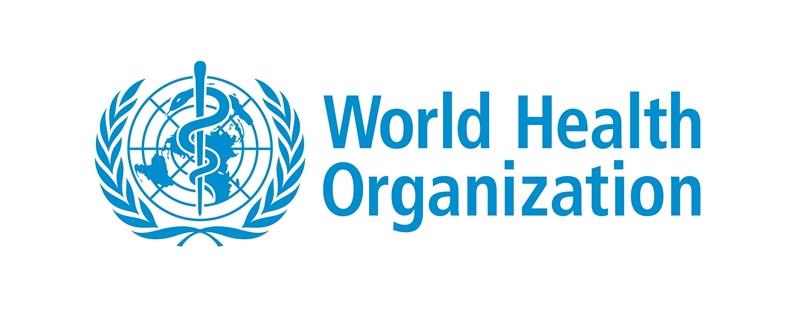The World Health Organization's vaccine-sharing program COVAX forecasts an additional 1.1 billion Covid-19 vaccine doses will be made available globally between now and the end of the year, fewer than previously estimated.
This forecast, released Wednesday, projects 25% fewer doses compared to July's forecast. The new projection prompted a fresh call from WHO for rich countries to hold off on giving boosters until more people around the world can get their first doses of vaccine.
Currently, 330 million doses have been released for delivery to underserved countries through COVAX, and 230 million have been delivered to member countries.
In what the report calls the "most likely scenario" for vaccine supply through the end of the year, more than a billion more doses will be made available between September and the end of the year.
"We expect to have a further 1.1 billion doses available for delivery between now and the end of the year," Dr Seth Berkley, CEO of GAVI, one of the groups that makes up COVAX, said in a media briefing. Doses will be targeted to 92 lower-income countries.
This prediction would put total vaccine availability in all of 2021 at 1.4 billion doses, with 1.2 billion available for low-income countries.The most recent forecast from July predicted 1.8 billion total available vaccines in 2021. The new COVAX analysis cited export restrictions in India, manufacturing issues with AstraZeneca facilities, Novavax regulatory delays, and pending approval of Chinese biopharmaceutical company Clover's vaccine as driving the decline, in addition to production issues with Johnson & Johnson's vaccine.
"Production issues at J&J's Emergent facility (which is assigned to supply COVAX) have led to delays," the report reads. Emergent's Baltimore vaccine plant stopped production for months after a mix-up earlier this year involving ingredients for the J&J and AstraZeneca vaccines.
"While production has now restarted, the manufacturing ramp-up combined with the backlog of orders for other bilateral customers has led to delayed timelines and lower volumes that will be made available to COVAX in 2021."
According to the report, 180 million of the doses lost between the July forecast and the September forecast were to have been supplied by Johnson & Johnson.
The forecast does indicate more doses will be available from two sources: an expected gain of 20 million doses from China's Sinopharm and an additional 95 million doses in the form of donations.
I will not stay silent
WHO Director-General Tedros Adhanom Ghebreyesus reiterated his call for wealthy nations to refrain from boosting their Covid-19 vaccinations until shots are available to more of the world -- this time, asking countries to wait until at least the end of the year, rather than the end of September.
"A month ago, I called for a global moratorium on booster doses, at least until the end of September, to prioritize vaccinating the most at-risk people around the world who are yet to receive their first dose. There has been little change in the global situation since then," Tedros said during a media briefing on Wednesday.
"So today, I'm calling for an extension of the moratorium, until at least the end of the year, to enable every country to vaccinate at least 40% of its population."
Tedros acknowledged that third doses may be needed for those most at risk who see their immunity wane, "but for now, we do not want to see widespread use of boosters for healthy people who are fully vaccinated."

 WHO covid vaccine forecast
WHO covid vaccine forecast










.jpeg)




.jpeg)

.jpg)













